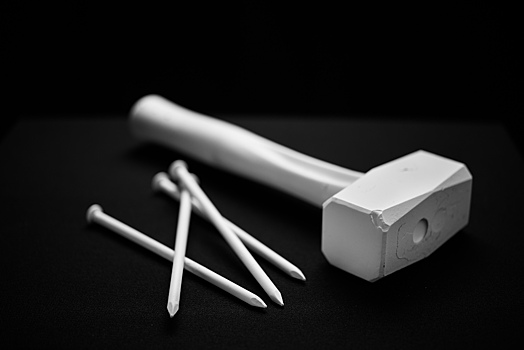Scientists of Barcelona Autonomous University explained the crucifixion of the dead in the northeast of the Pyrenee peninsula in the 1st millennium BC. It turned out that in different communities, this ritual has pursued the opposite goals.

The researchers studied seven men's skulls from two ancient Puch-Kastellar settlements (Santa-Koloma de-Granity) and Ulyastret (Girona). The long iron foundation was clogged into the skull, according to scientists, showing the publicity of the ritual. Therefore, in the Puch-Castellar of the skulls of strangers, they have shown their strength and superiority, the authors of the proposed work. In Ulyustrat, the skulls with nails can belong to respectful personalities and foreigners are titles, they believe.
Therefore, the funeral ritual reflects the social and cultural difference among ancient communities on the Pyrenee peninsula, the authors of the study concluded. They hope that the study of other archaeological sites will help better understand social structures and interactions in local iron centuries, write archaeological science magazines: Report.